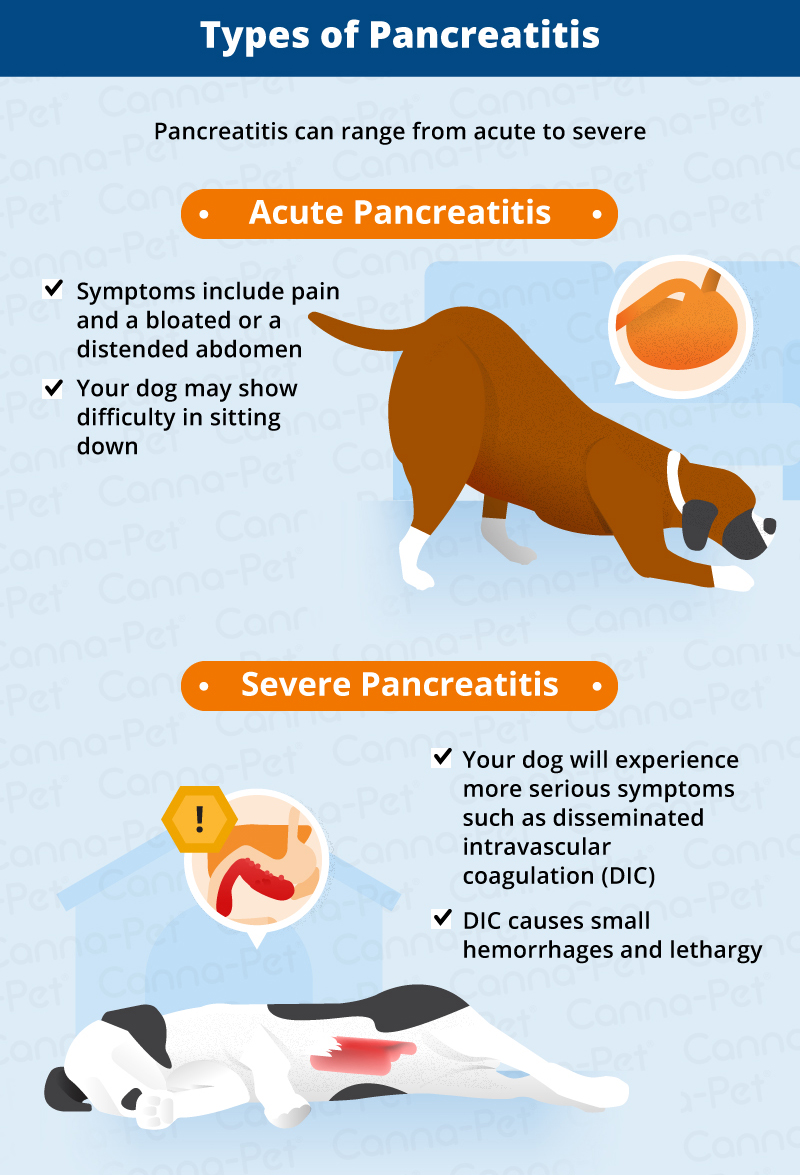
On MRI scan, there is a low T1 signal due to inflammation, fibrosis, focal lesions, and calcifications. On CT scan, pancreatic and bile duct dilatation, atrophy of pancreas, multiple calcifications of the pancreas, and enlargement of pancreatic glands can be found. When chronic pancreatitis is caused by genetic factors, elevations in ESR, IgG4, rheumatoid factor, ANA and anti-smooth muscle antibody may be detected. Other tests used to determine chronic pancreatitis are serum trypsinogen, computed tomography, ultrasound and biopsy. A secretin stimulation test is considered the best test for diagnosis of chronic pancreatitis. Serum amylase and lipase may be moderately elevated in cases of chronic pancreatitis.

The diagnosis of chronic pancreatitis is based on tests on pancreatic structure and function.


There are, of course, other mechanisms – alcohol, malnutrition, smoking – each exhibiting its own effect on the pancreas. R122H is the most common mutation for hereditary chronic pancreatitis with replacement of arginine with histidine at amino acid position 122 of the trypsinogen protein. It is an autosomal dominant disease, chronic pancreatitis disease is identified in the cationic trypsinogen gene PRSS1, and mutation, R122H. The mechanism of chronic pancreatitis viewed from a genetic standpoint indicates early onset of severe epigastric pain beginning in childhood. Īmong the causes of chronic pancreatitis are the following: Symptoms of diabetes type 1 include increased hunger and thirst, frequent urination, weight loss, and fatigue.



 0 kommentar(er)
0 kommentar(er)
